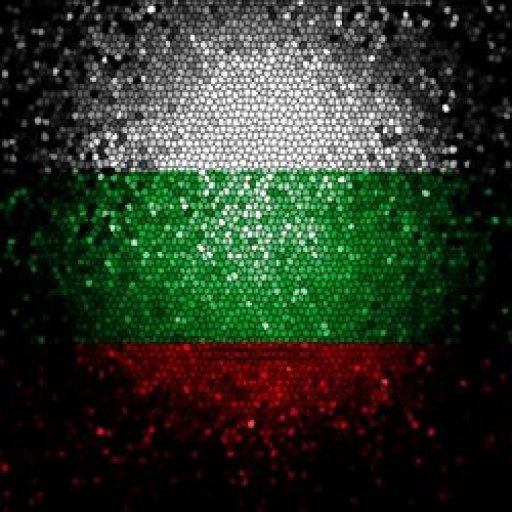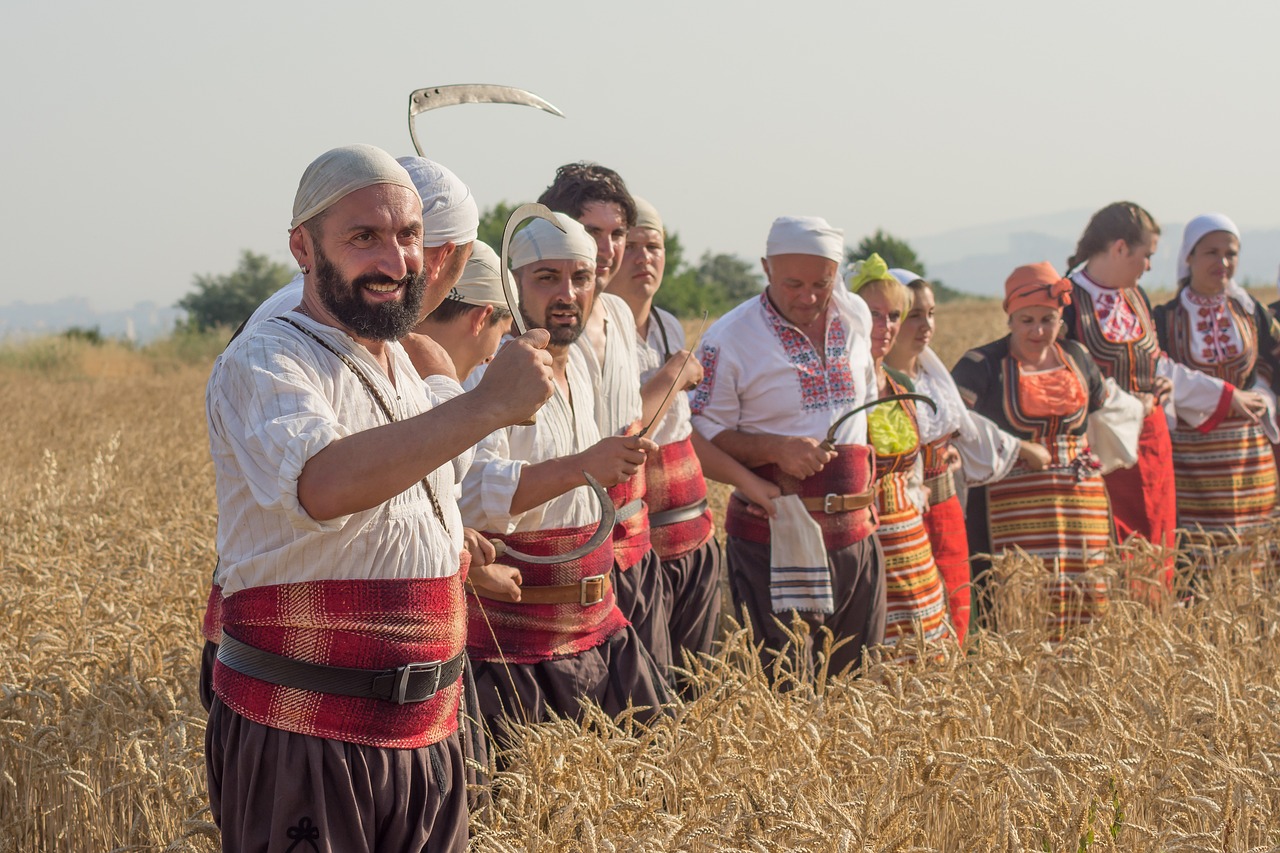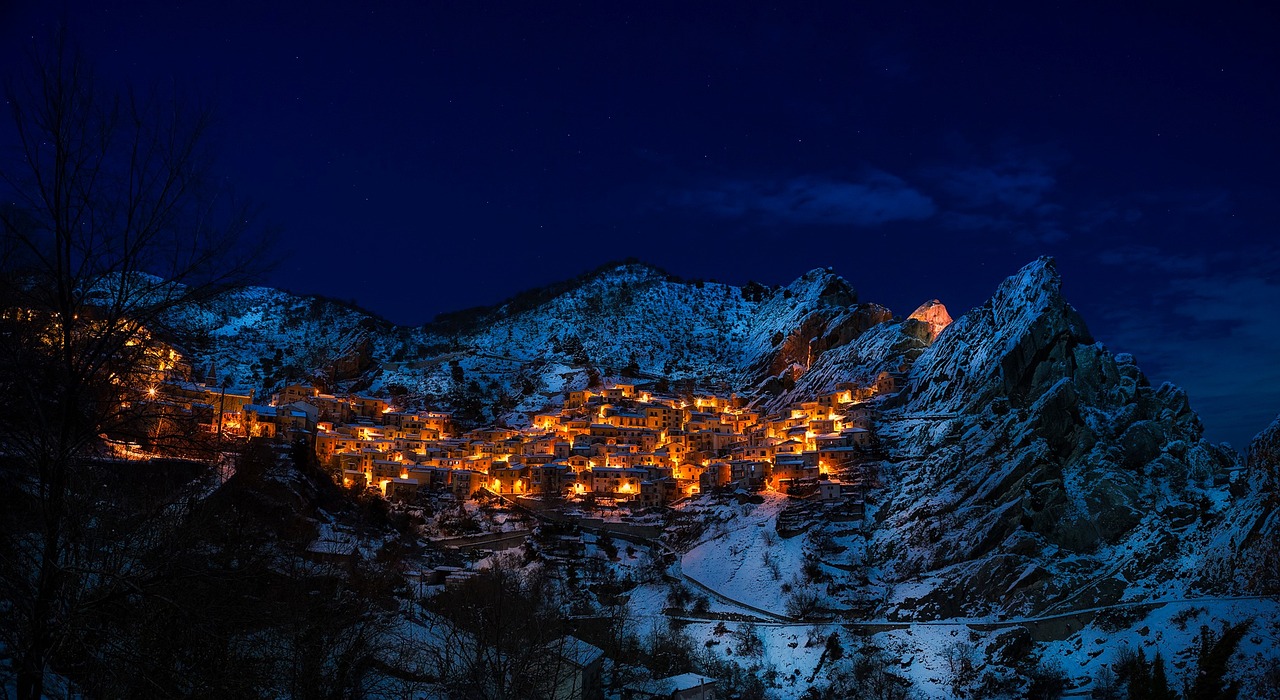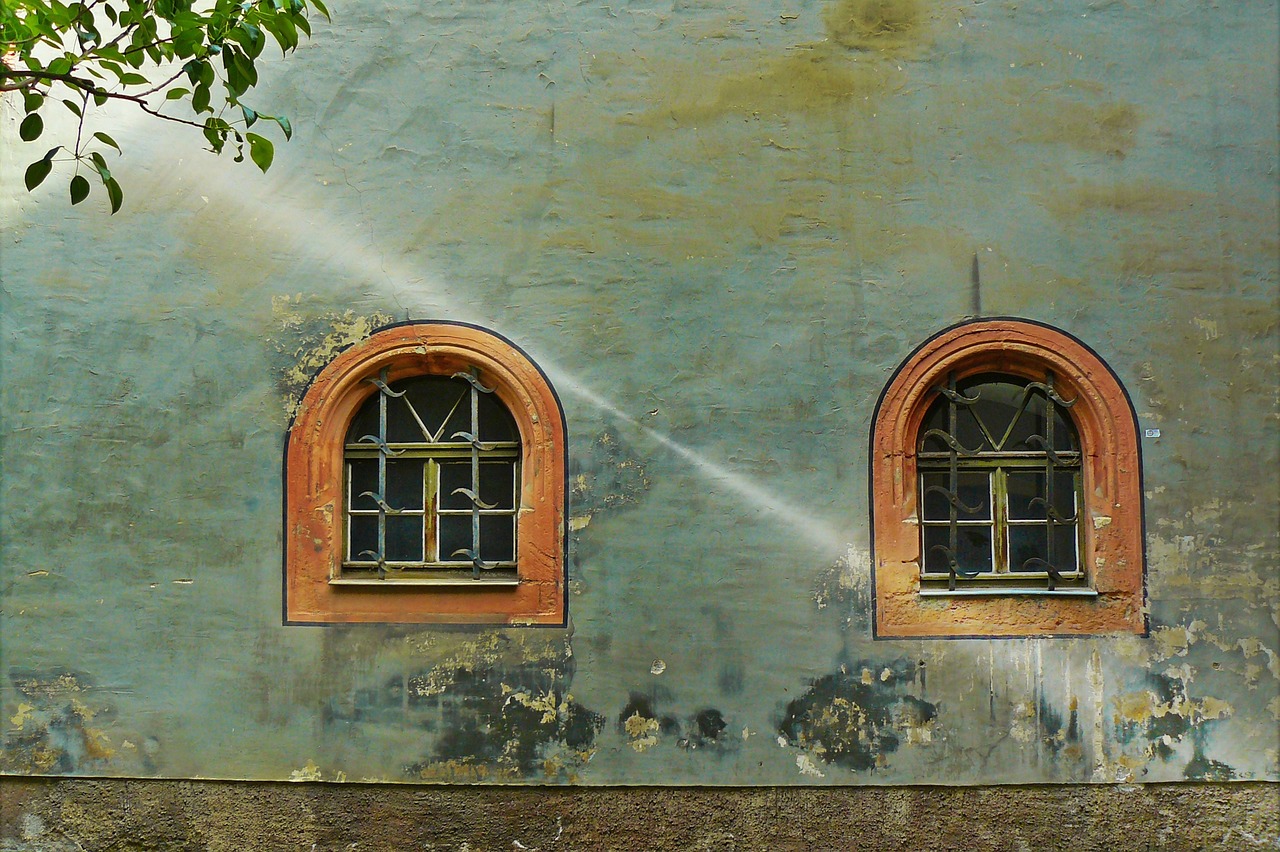In a world where beauty often fades with time, there exists a museum that unveils the enduring secrets of Bulgaria’s beloved flower: The Rose Museum. Nestled in the quaint town of Kazanlak, this unique museum is a tribute to the oil-yielding rose, a symbol of elegance and grace. With its old building housing over 15,000 exhibits, the museum takes visitors on a captivating journey through the history and origins of rose-picking and production in Bulgaria. Step inside and discover a world of instruments and vessels used in the meticulous process of extracting rose oil and rose water. Marvel at the restored rose warehouse and the first laboratory dedicated to examining rose oil, a testament to the significance of this timeless flower. But the allure of the Rose Museum extends beyond its exhibits. Immerse yourself in the vibrant celebrations of the annual Rose Festival, held in June, and witness the cultural significance of rose-picking in the Rose Valley. The secrets of this cherished flower await your discovery, as you explore the museum’s virtual map and indulge in the exquisite aroma of Bulgarian rose oil. Prepare to be captivated by the beauty and heritage that lie within the walls of The Rose Museum.
Key Takeaways
- The Rose Museum is the only museum in Bulgaria dedicated to the oil-yielding rose and showcases the development of rose production in the country.
- The museum has over 15,000 exhibits related to rose-picking and rose-production, including instruments and vessels used in processing and storing rose oil and rose water.
- Bulgarian rose oil is highly regarded for its quality, and French perfume producers still prefer it.
- The Rose Museum is located in Kazanlak and is part of the Historical Museum Iskra. Visitors can purchase informational materials, souvenirs, cosmetics, and food items related to roses from the museum shop.
What is it?
The Rose Museum in Kazanlak, Bulgaria is a dedicated institution that showcases the history and development of rose-picking and rose-production in Bulgaria, housing over 15,000 exhibits related to the oil-yielding rose. The significance of the oil-yielding rose in Bulgarian culture cannot be understated. It has deep roots in the country’s history and is a symbol of national pride. The museum plays a crucial role in preserving and promoting this cultural heritage. It attracts tourists from all over the world, boosting local tourism and contributing to the economy. The museum’s comprehensive exhibition provides visitors with a wealth of knowledge about the cultivation, processing, and uses of roses. It offers a unique opportunity to explore the secrets behind the production of rose oil and rose water. The Rose Museum is truly a treasure trove for those interested in the history and significance of roses in Bulgarian culture.
History and Origins
Originating from the lush landscapes of South China, the enchanting oil-yielding rose found its way to the fertile soils of Bulgaria, where its fragrant petals would eventually become a symbol of the nation’s rich history and thriving industry. The cultivation of roses in Bulgaria holds immense cultural significance, with a tradition that dates back centuries. Here are three key aspects to consider:
-
Historical Roots: The introduction of the oil-yielding rose to Bulgaria can be traced back to the Ottoman Turks. Industrial production of rose oil began in the country as early as 1650, with the first batch exported to France in 1740. The Rose Museum showcases the development of rose production, exhibiting instruments and vessels used in processing and storing rose oil and rose water.
-
Rose-Picking Tradition: Rose-picking is a significant event in the Rose Valley of Bulgaria, accompanied by celebrations and the annual Rose Festival in June. During this time, the blooming rose flowers are delicately poured with dew to preserve the precious rose oil.
-
Cultural Significance: Bulgarian rose oil is highly regarded for its exceptional quality, favored by French perfume producers. The Rose Museum not only offers a glimpse into the history and techniques of rose production but also allows visitors to purchase various rose-related products, such as cosmetics, rose jam, and aroma oils.
Exhibits and Collections
Exhibiting a diverse array of artifacts and materials, the collection at the Rose Museum provides insights into the rich history and techniques of rose production in the region. The museum boasts over 15,000 exhibits that showcase the development of rose production in Bulgaria. Among the highlights are instruments and vessels used in processing and storing rose oil and rose water. Visitors can also explore a restored rose warehouse and the first laboratory for examining rose oil, created in 1912. Additionally, the museum features a virtual tour that allows visitors to explore the exhibits and learn about the preservation techniques used to maintain the delicate artifacts. This immersive experience offers a unique opportunity to delve into the secrets of Bulgaria’s beloved flower and gain a deeper understanding of its cultural and historical significance.
Rose-Picking and Production
With a history dating back to the 17th century, the process of rose-picking and production in Kazanlak has evolved into a significant cultural event accompanied by celebrations and a renowned annual festival. Rose picking techniques in Bulgaria involve pouring dew on the blooming rose flowers, a practice that helps preserve the precious rose oil. The economic impact of rose production in Bulgaria is substantial, as the country is one of the largest producers of rose oil in the world. The oil-yielding rose, introduced to Bulgaria by the Ottoman Turks, has become a symbol of the Rose Valley region. The cultivation and production of roses have not only contributed to the local economy but also to the country’s reputation as a producer of high-quality rose oil, sought after by French perfume producers.
Rose Festival and Celebrations
The Rose Festival in Kazanlak is an annual event that brings together locals and visitors to celebrate the cultural significance of the oil-yielding rose. This festival, which has been celebrated since 1903, is a vibrant and joyous occasion that showcases the traditions and customs associated with rose-picking and production. One of the main highlights of the festival is the rose-picking ceremony, where participants pour dew on the blooming rose flowers to preserve the precious rose oil. This ceremony symbolizes the importance of the rose in Bulgarian culture and its deep-rooted connection to the land. The festival also features various events such as rose-boiling demonstrations and a festal procession. The crowning of the Rose Queen is the grand finale of the festival, adding an element of royalty and beauty to the celebrations. The Rose Festival is not only a time of joy and merriment but also an opportunity to appreciate and honor the rich traditions surrounding the beloved flower of Bulgaria.
| Rose Festival Traditions | Significance of Rose Picking Ceremonies |
|---|---|
| Rose-picking ceremony | Symbolizes the importance of the rose in Bulgarian culture and its deep-rooted connection to the land |
| Rose-boiling demonstrations | Showcases the traditional method of producing rose oil |
| Festal procession | Celebrates the beauty and cultural significance of the rose |
| Crowning of the Rose Queen | Adds an element of royalty and grace to the festival |
| Appreciation and honor | Provides an opportunity to acknowledge and pay tribute to the rich traditions surrounding the beloved flower of Bulgaria |
Frequently Asked Questions
What is the significance of the Rose Festival in the Rose Valley of Bulgaria?
The Rose Festival in the Rose Valley of Bulgaria holds great cultural significance. It celebrates the tradition of rose-picking, showcases rose-boiling demonstrations, and culminates in the crowning of the Rose Queen. The Cultural Information Center in Kazanlak provides additional information about the festival.
What are the working hours of the Cultural Information Center in Kazanlak?
The Cultural Information Center in Kazanlak is open from Monday to Friday, 09:00-18:00, and on weekends, 10:00-16:00. The center’s contact information is +359 431 99553, +359 431 98352, and culture.tourism.kz@abv.bg.
How can visitors contact the Rose Museum in Kazanlak?
Visitor inquiries regarding the Rose Museum in Kazanlak can be made by contacting the museum at +359 431 99553 and +359 431 98352. Additionally, visitors can reach out to the museum via email at culture.tourism.kz@abv.bg or visit their website at www.rosevalley.bg for more information.
What is the process of producing Bulgarian rose oil?
The process of producing Bulgarian rose oil involves the cultivation of oil-yielding roses, known as Rosa damascena. The roses are harvested in May and their petals are distilled using the double distillation method with intermediate cooling, resulting in a higher yield of rose oil.
What are some other recommended attractions in the area of the Rose Museum?
Some recommended attractions in the area of the Rose Museum include the Antique Forum Augusta Trayana, the Architectural and Ethnographic Complex Etar, the Museum of Education in Gabrovo, and the Village of Yagoda. Stara Zagora is also worth visiting. These attractions offer opportunities for sightseeing and exploring the rich cultural and historical heritage of the region.










